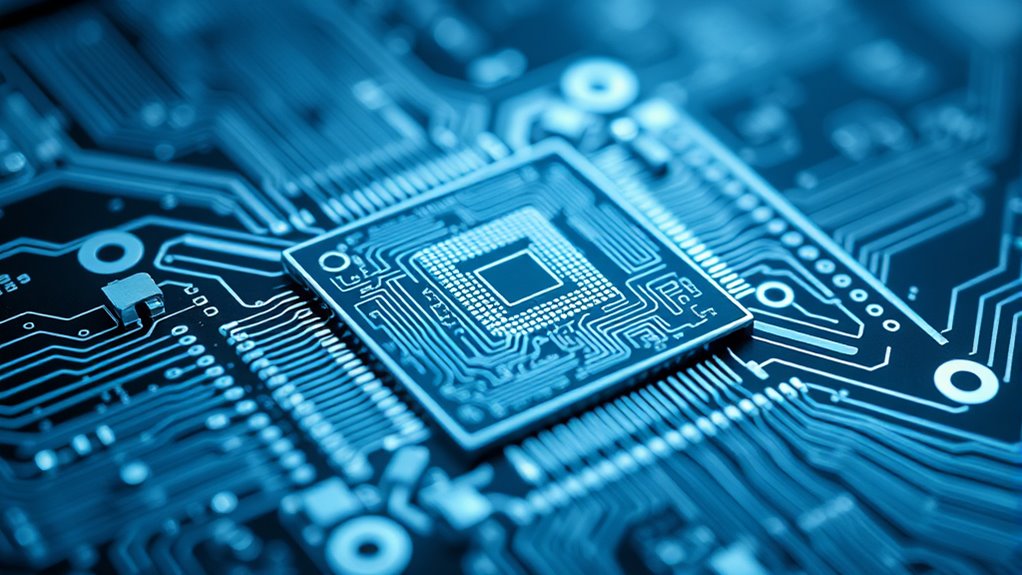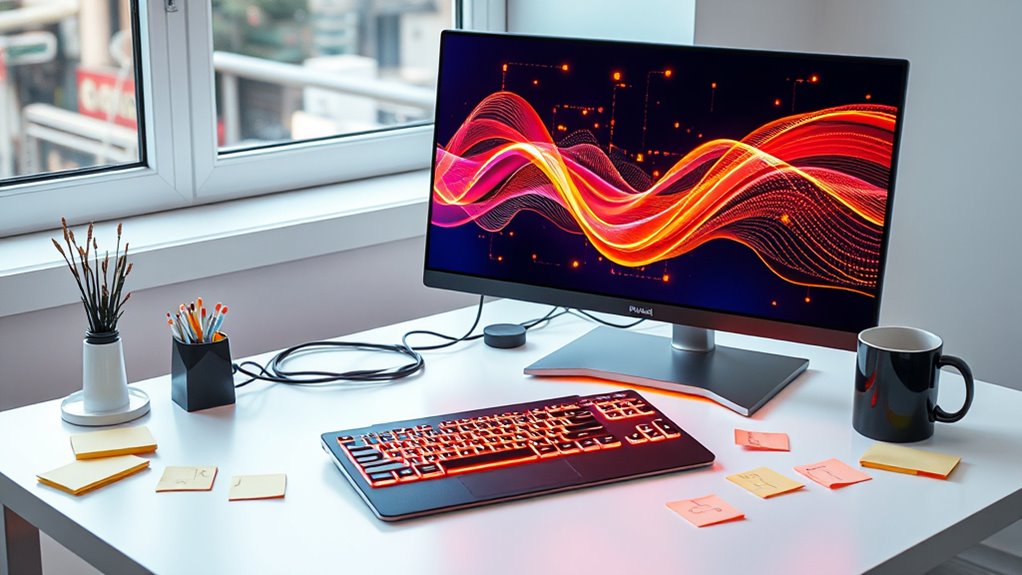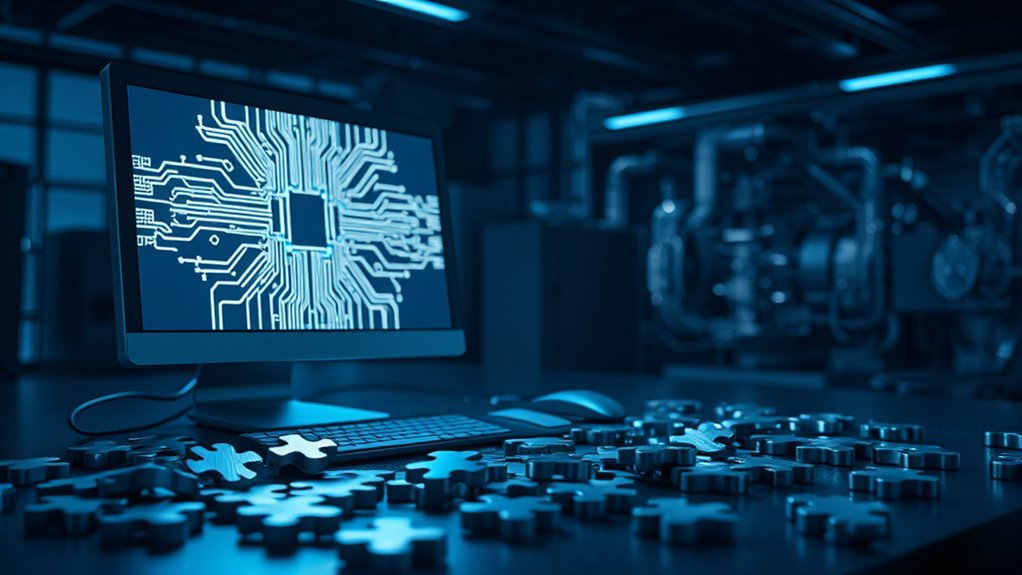Innovation is sparking a revolution with AI chips, the tiny powerhouses behind artificial intelligence. These special microchips are built to handle tough AI tasks like machine learning and data analysis. They’re much faster and more efficient than regular computer chips. Without them, creating and running AI systems would be slow and difficult. They’re used in all kinds of industries, from cars to schools, showing just how important they’ve become.
AI chips come in different types, each with a unique job. GPUs, first made for video game graphics, now help with AI by doing many tasks at once. FPGAs can be changed to fit different needs, making them great for flexible AI systems. ASICs are custom-made for specific AI work, offering top speed and saving power. Regular CPUs can do simple AI stuff, but they’re not as good for the big, complex jobs. Often, these chips are combined on a single System-on-Chip for even better results.
AI chips vary in type, from versatile GPUs and adaptable FPGAs to efficient ASICs, each excelling in unique AI tasks with impressive speed.
What makes AI chips stand out is their ability to crunch huge amounts of data fast. They’re designed to manage the tricky math behind AI models. They’re awesome at parallel processing, which means doing lots of things at the same time. This speeds up tasks like training AI to recognize images or understand speech. Plus, they use less power than older chips, which is a big win for energy savings. They even help with real-time decisions, like in self-driving cars that need to react instantly. Their efficiency makes them tens to thousands faster than traditional CPUs for AI tasks, significantly cutting down on time and cost.
These chips are everywhere in today’s tech. They power cool stuff like chatbots that talk to us and apps that predict trends. They’re in phones for things like face recognition. They also help robots and autonomous cars work on their own. Across industries like healthcare and education, AI chips are driving new ideas and better tools. Their role in edge computing ensures low-latency processing for data handled directly at the source. Additionally, AI chips enhance decision-making by rapidly analyzing vast datasets to uncover hidden patterns data analysis capabilities.
The impact of AI chips keeps growing. They’re pushing tech forward and helping companies like Google and IBM compete to make better hardware. As AI gets more complex, these chips evolve too. With tons of research, they’re set to play an even bigger role in future breakthroughs, shaping how we live and work.









